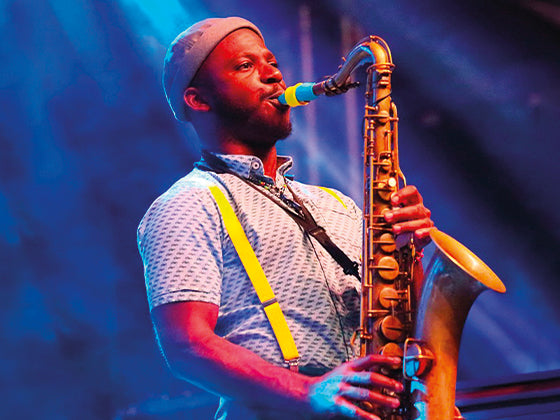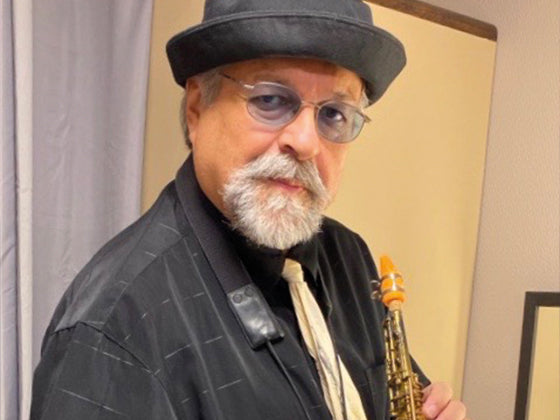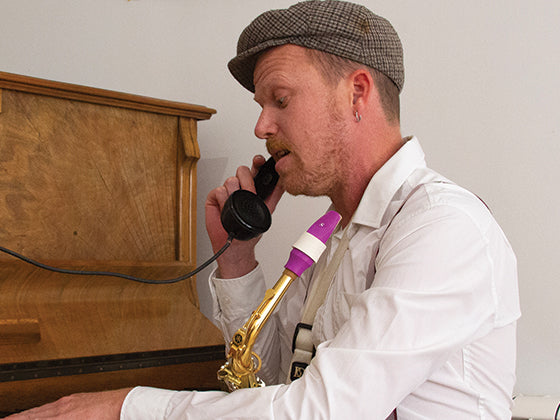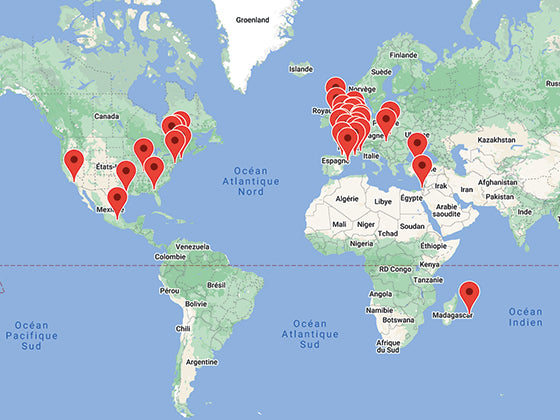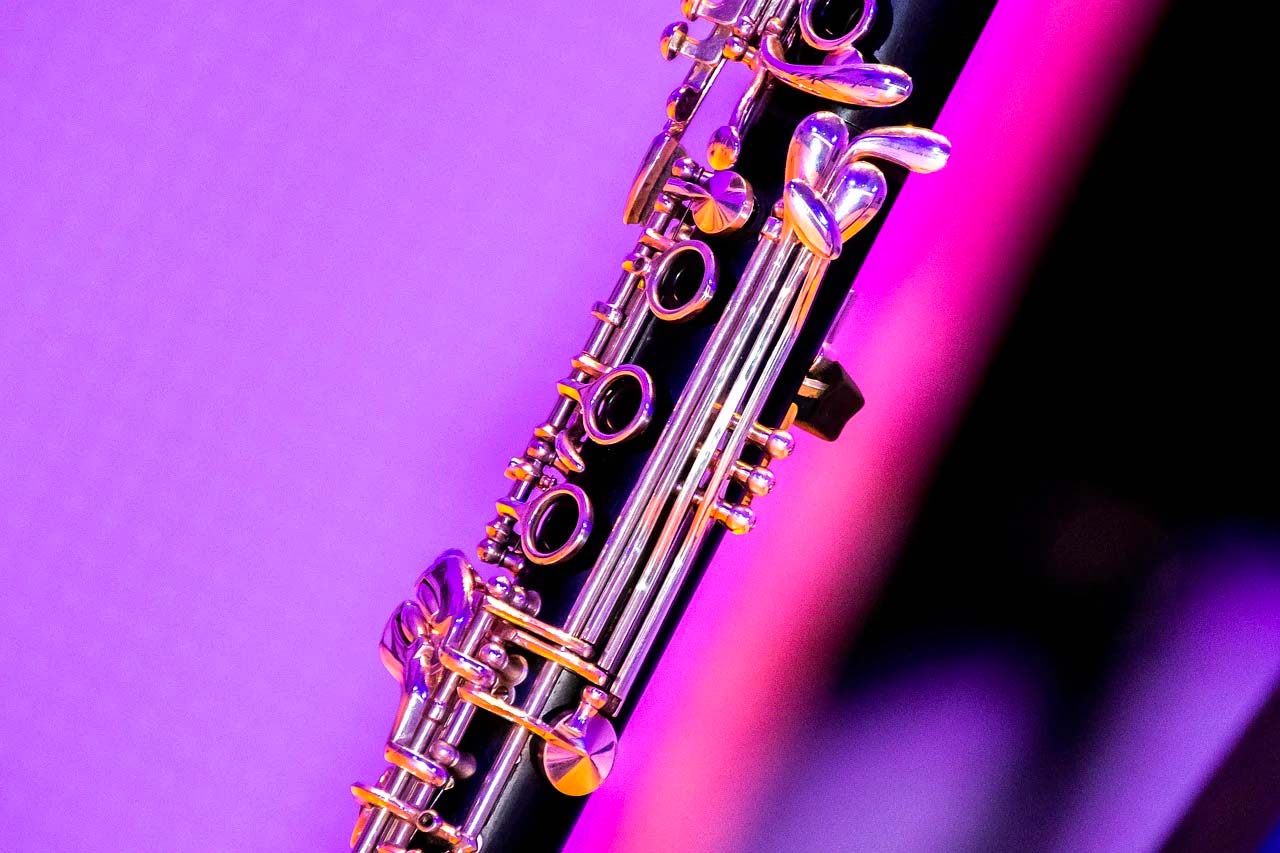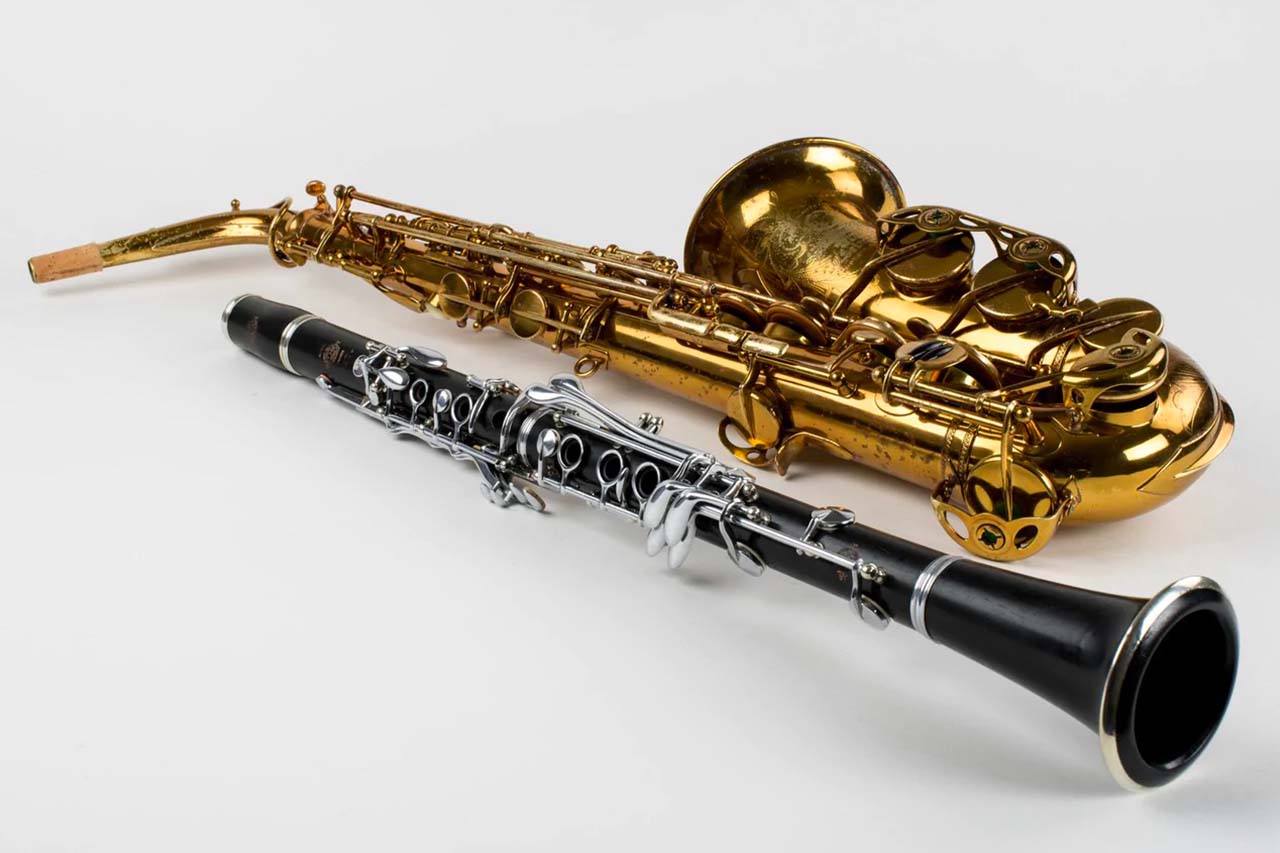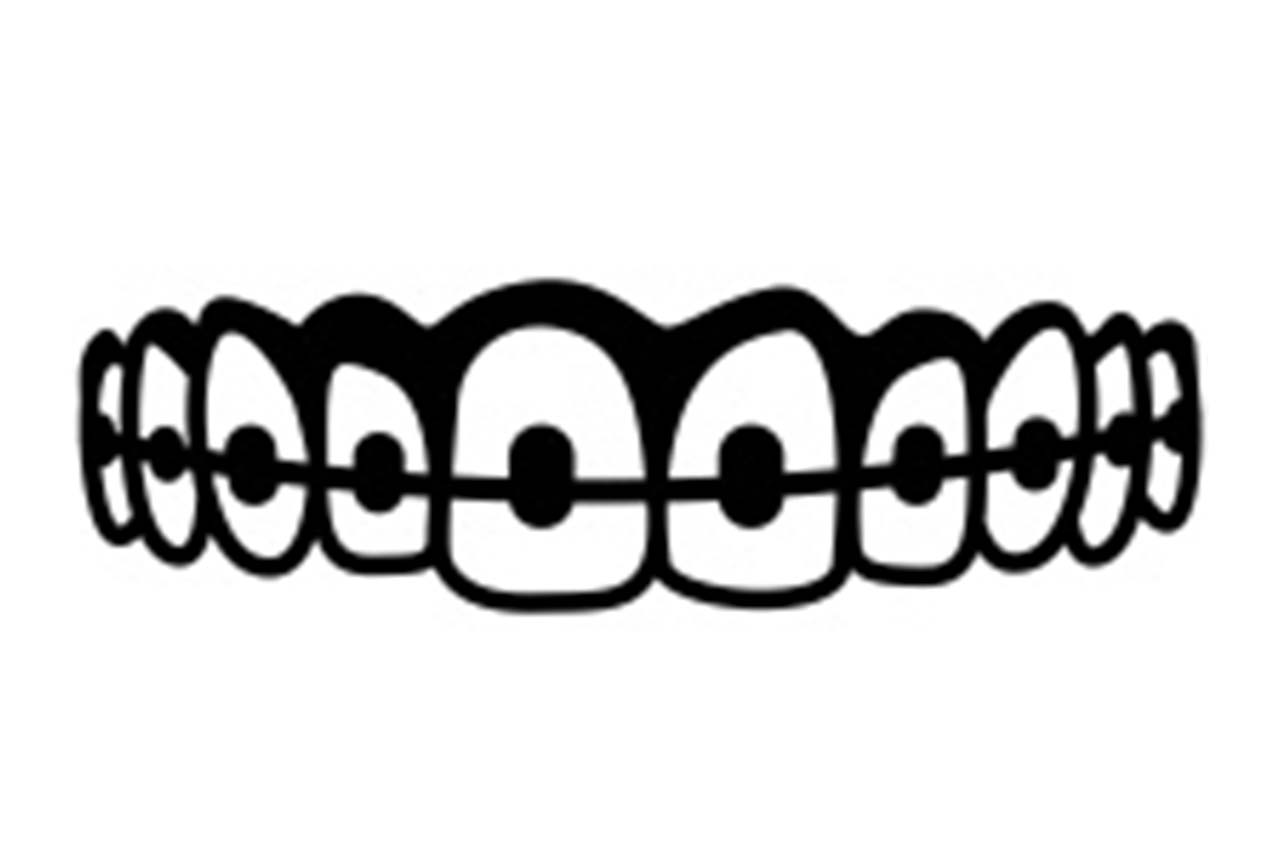We all know the clarinet. Most of us heard its sound for the first time listening to Peter and the Wolf, in which it voices the cat. The instrument can be heard in many classical compositions (think of Mozart’s Clarinet Concerto in A Major, KV 622), and even in New Orleans jazz, played by Benny Goodman (Sing, Sing, Sing) and other great musicians. But where does it come from? How did it become one of the most popular instruments in the history of music? In this article, we will tell you everything there is to know about the clarinet and its history.
The clarinet’s ancestor
The clarinet evolved from the chalumeau, a name used to describe a woodwind instrument equipped with single or double reeds during the Middle Ages (the chalumeau is also the ancestor of the oboe). This instrument was used in many musical works, all the way up until the 18th century. As the clarinet players among our readers will know, the clarinet’s lower register is called the chalumeau!

The clarinet was invented in the 17th century by Johann Christoph Denner, a German instrument maker from Nuremberg. In 1690, after many years of hard work, he unveiled a new instrument. By adding a barrel and two keys to the chalumeau, he allowed musicians to play on different registers. One key allows the player to go up a fifth, going from the chalumeau’s register to that of the clarion, while the other allows the musician to go even higher in the clarion register.

Thus was the clarinet born. The mouthpiece’s opening faced forward, opposite to how it is now, and it only had eight holes and two keys; which is not very much compared to the twenty keys, in addition to the rings, that can be found on a modern clarinet.
How did we get here?
After it was invented, the clarinet, which was not adapted to play the whole chromatic scale (A and B were missing), was modified and improved by many instrument manufacturers and musicians. Other modifications, including having the mouthpiece face backwards, as proposed by Heinrich Bärmann in 1810, also helped players produce a more consistent and pleasant sound.
In 1812, Ywan Müller added thirteen keys to Denner’s clarinet, allowing musicians to play the whole chromatic scale. Then, in the 1840s, Louis-Auguste Buffet, thanks to his collaboration with Hyacinthe Klosé, applied the Böhm ring system imagined for the flute to the clarinet, which is still used today by most instrument manufacturers (apart from in Germany, where they use the Oehler system. Other systems exist, like the Albert system, although they are very rare). The Böhm clarinet usually consists of 17 keys, but this number may vary depending on the manufacturer and type of clarinet; because there is a whole family of clarinets, not just one!

There are many different clarinets
The word clarinet refers to a whole family of transposing instruments, ranging from high to low registers. They differ in tone as well as in size. The smallest clarinet, called the piccolo clarinet (or A flat clarinet) is no longer than 9”, while the largest one, the contrabass clarinet, is 7’5” long! There are nine other clarinets between these two extremes, but the most used of them all, the one we associate with the word “clarinet”, is the Bb (B flat) clarinet.

All of these clarinets can be heard in different compositions; in a classical orchestra, a Bb clarinet and a bass clarinet can be seen side by side, like here, in Franz Liszt’s Dante Symphony:
Why do we like the clarinet’s sound?
The sound of the clarinet, particularly that of the Bb flat clarinet, is easily recognisable. Its timbre is evocative of something unique, although everyone has their own way of appropriating it. Hector Berlioz wrote that “the clarinet, though appropriate to the expression of the most poetic ideas and sentiments, is in fact an epic instrument – the voice of heroic love.” Mozart liked it very much as well. In a letter addressed to his father, a young Wolfgang Amadeus wrote: “[...]Father, you can not imagine the beauty of the clarinet’s sound! [...] If only we had clarinets as well!”

But what is it that makes its sound so popular? The Bb clarinet’s sound is quite versatile. In the chalumeau register, the sound it produces is very warm and woody, whereas in the altissimo register its timber is brighter, more precise. On the other hand, the bass clarinet has a very vibrant and soft sound, although it can be very dark. There lies the clarinet’s interest: it allows musicians and composers to express many different feelings, to allow their audience to imagine different scenes. And since it grew along with classical music, it explains why it has been included in so many of the genre’s compositions. The clarinet’s legacy is huge, and has inspired, or at least been included in, many works.
These characteristics probably explain why the clarinet is so widely used in many different genres of music. It can be found in classical music, but also in jazz and many folkloric styles. It even makes appearances in pop and rock music.
It can therefore be said that the clarinet, already widely used in a plethora of genres, will keep being used for years to come. Whatever the type, be it bass or Bb clarinet, talented players such as Yoann Boucher, Shabaka Hutchings or Arrington de Dionyso are still making it sing, widening its already vast repertoire, allowing new generations of players to discover it and appropriate it for themselves.




